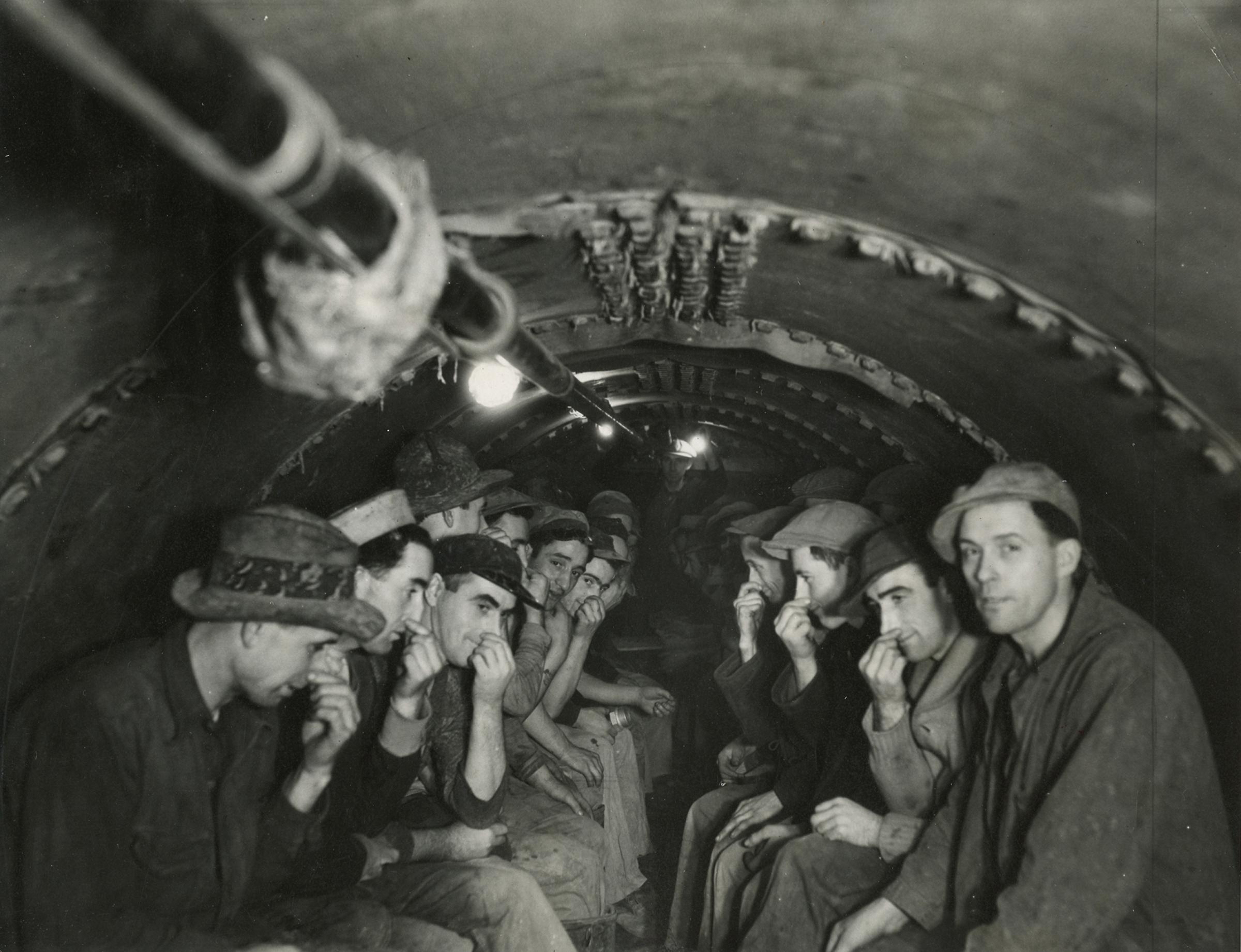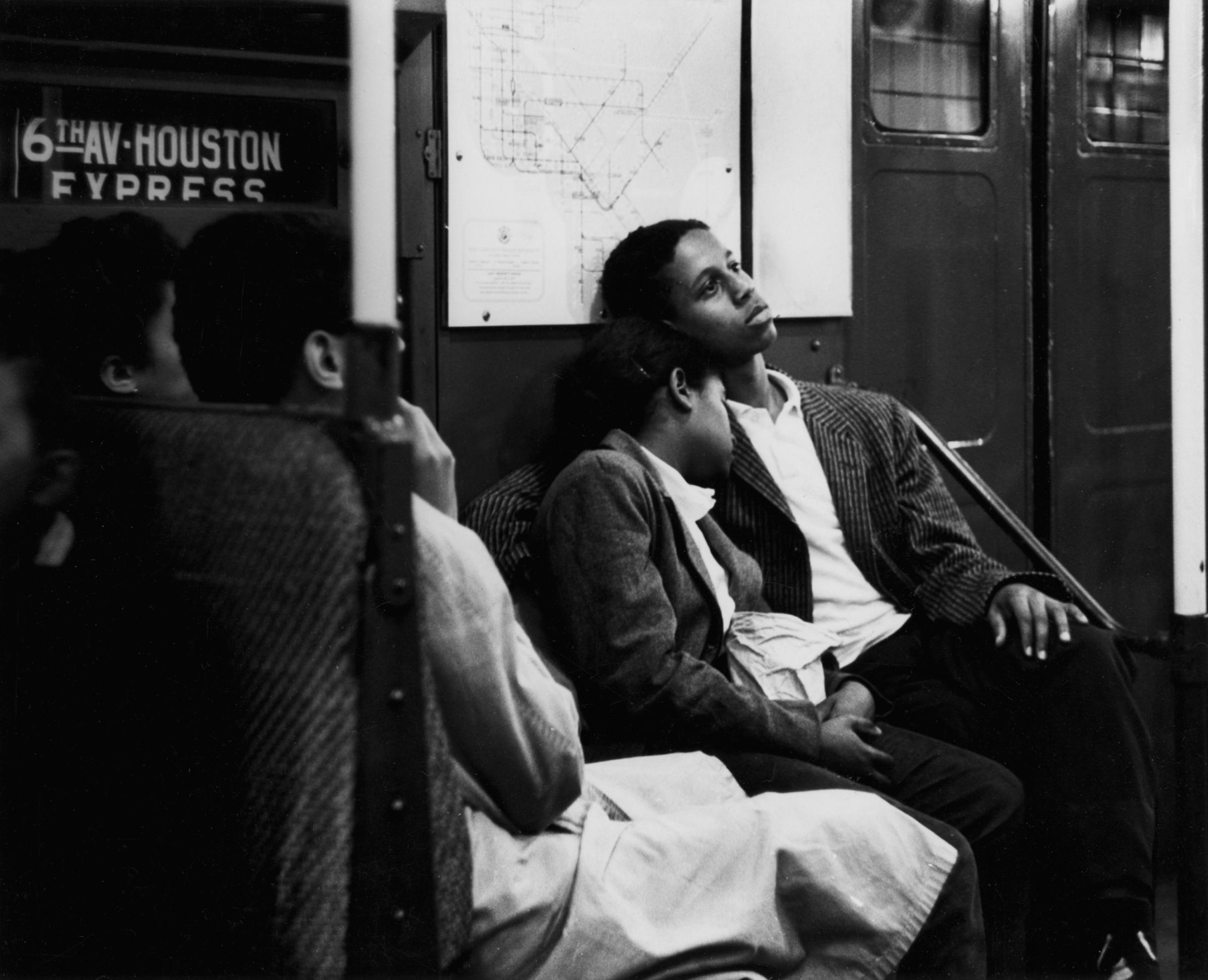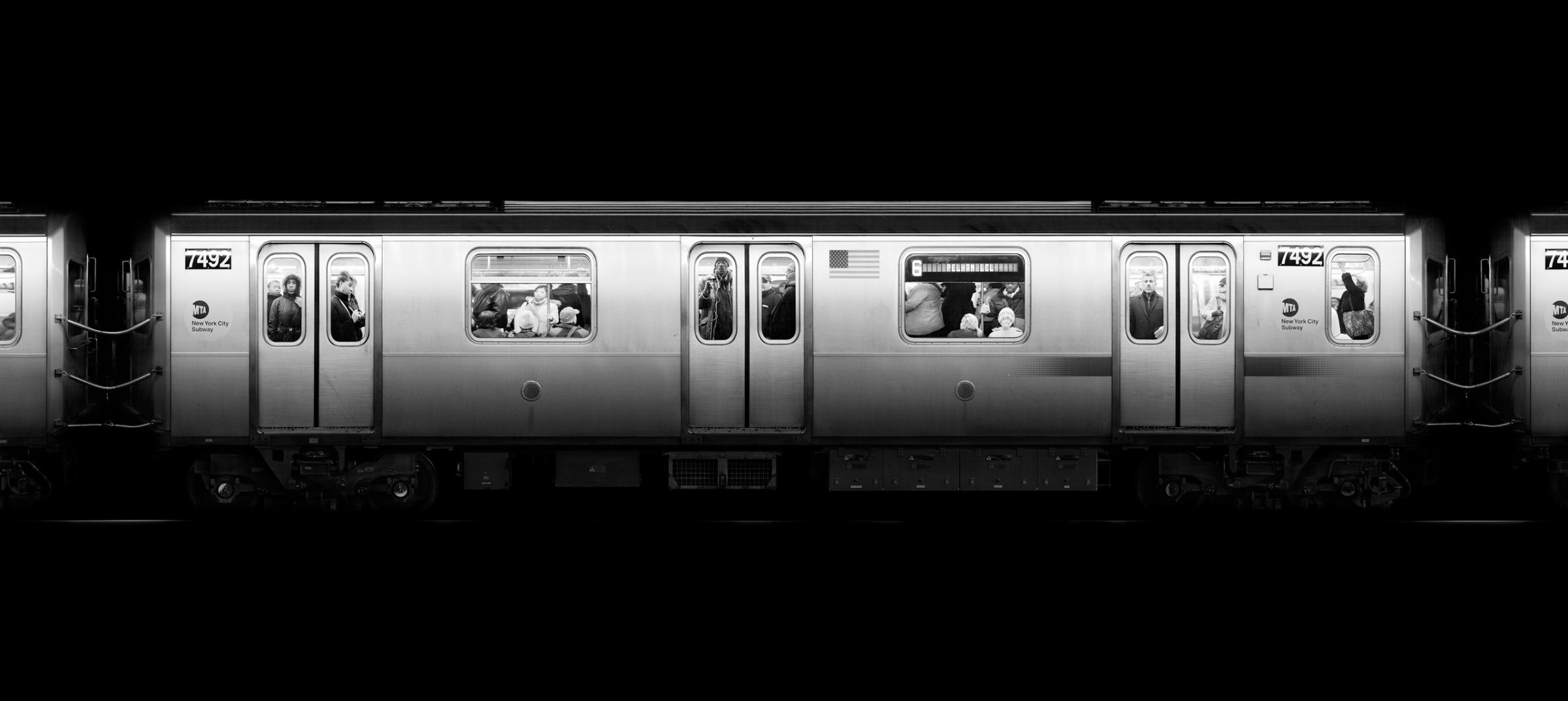
Millions of people around the world start their days on subways, metros and undergrounds — and, though that experience may be a commuter’s low point, interest in images of subway systems still runs high.
In fact, that daily-grind element may be the reason that interest exists in the first place. “I think in many ways when people are riding the subway they tend to be acting like photographers. They’re looking at their surroundings with just enough distance to try to make sense of it visually,” says Stephen Bulger, who recently curated a new exhibition of subway-set photographs for his gallery in Toronto. “People marvel at that because they’ve been there and seen that.”
The show includes a range of photos, from the uncredited documentation of the building of New York City’s subway system to pieces from modern artists who work in undergrounds around the world. And, in bringing those photos together, Bulger noticed that the history of subways has tended to follow a set path regardless of the city in which the system is set. Early trains were traditional and sturdy; a period of decay began in the mid-20th century; modern cars are streamlined and more obviously designed.
“It mirrors the industrial age itself,” he says. “Things fall into disuse and neglect but there seems to be rebirth of urban spaces.”
Looking at the subway, then, isn’t just a matter of seeing one’s commute reflected on a gallery wall — it’s also a way of looking at the history of the city as a whole.
The exhibition Subway is on view at the Stephen Bulger Gallery in Toronto through Mar. 14, 2015.






More Must-Reads from TIME
- Cybersecurity Experts Are Sounding the Alarm on DOGE
- Meet the 2025 Women of the Year
- The Harsh Truth About Disability Inclusion
- Why Do More Young Adults Have Cancer?
- Colman Domingo Leads With Radical Love
- How to Get Better at Doing Things Alone
- Michelle Zauner Stares Down the Darkness
Write to Lily Rothman at lily.rothman@time.com